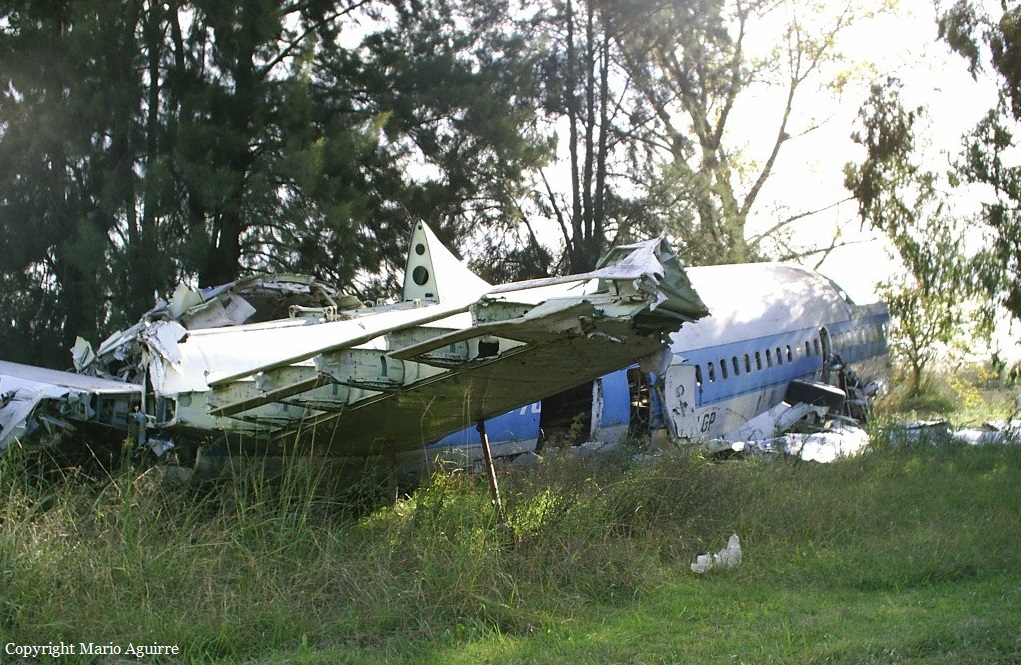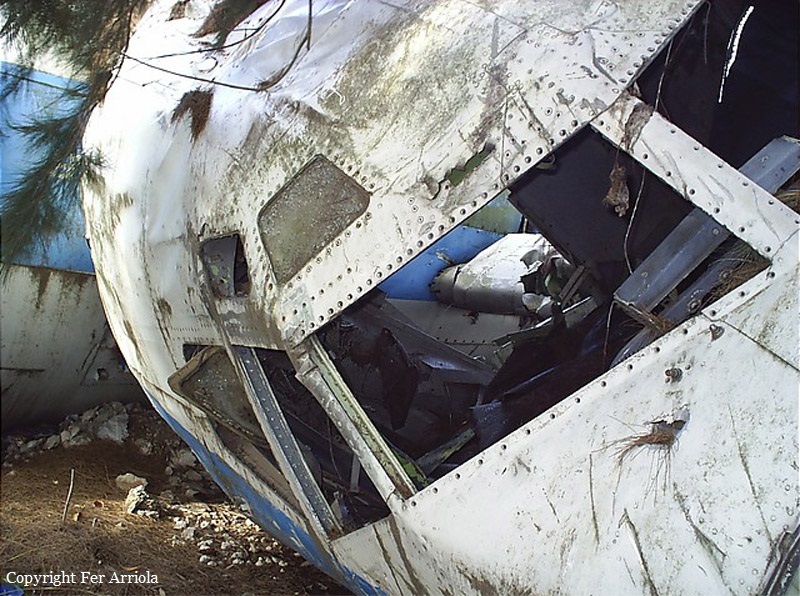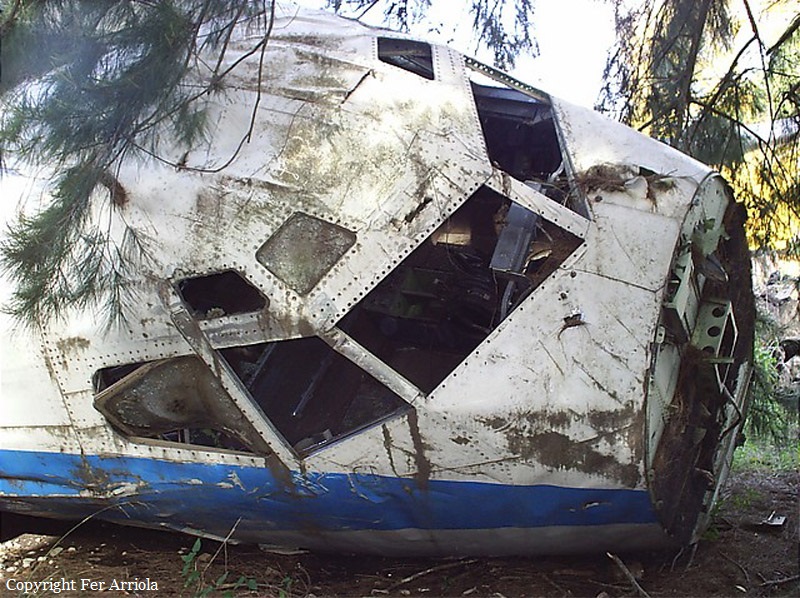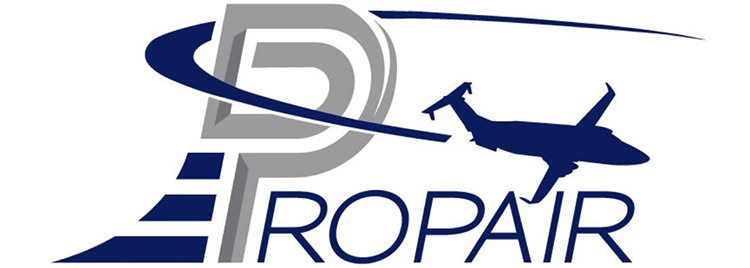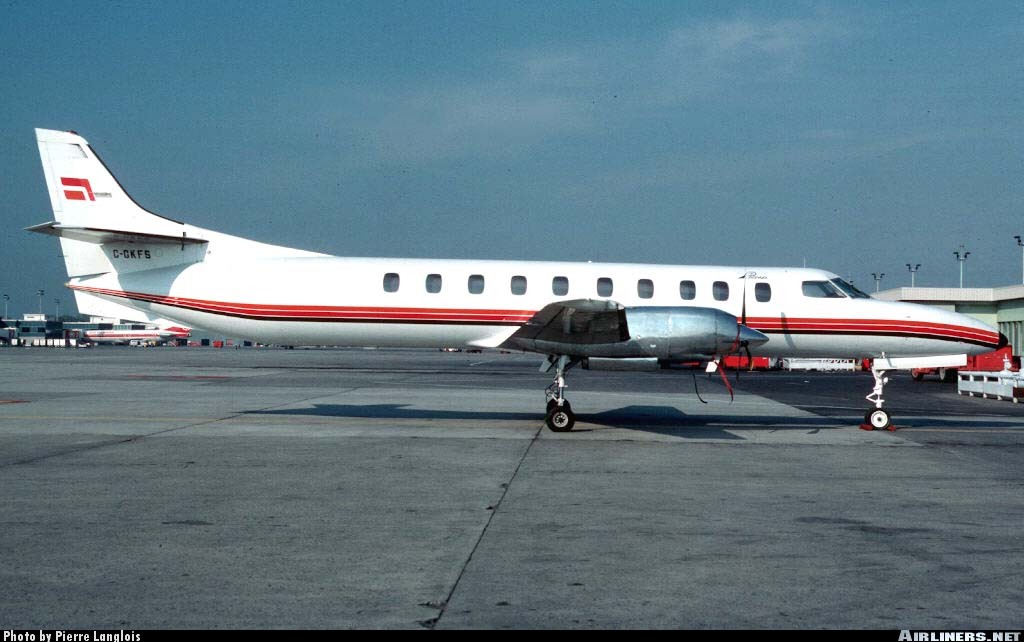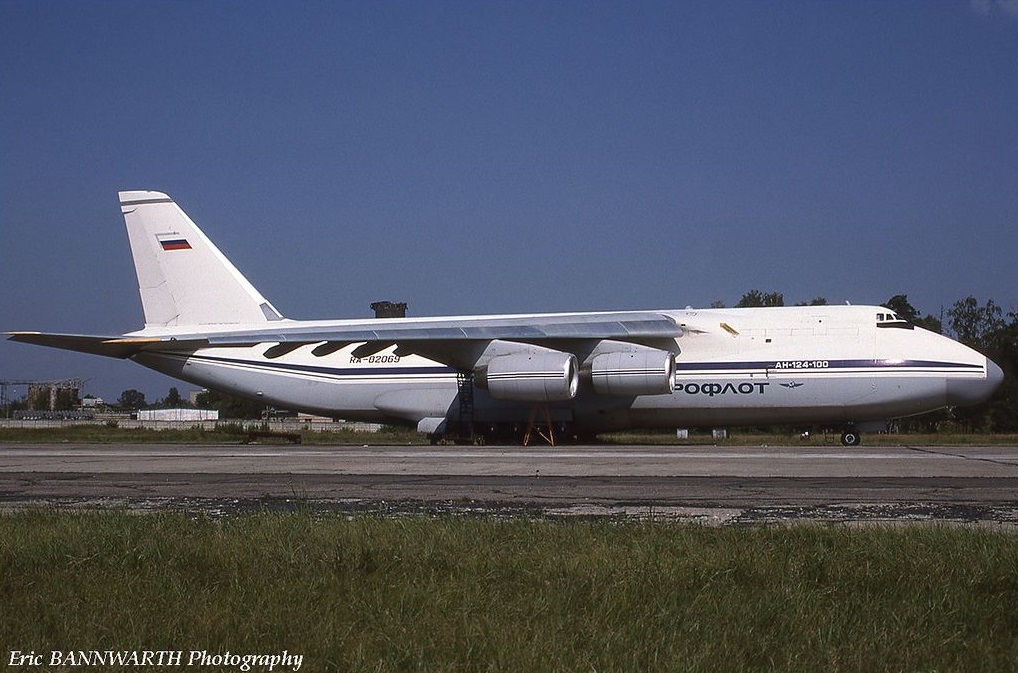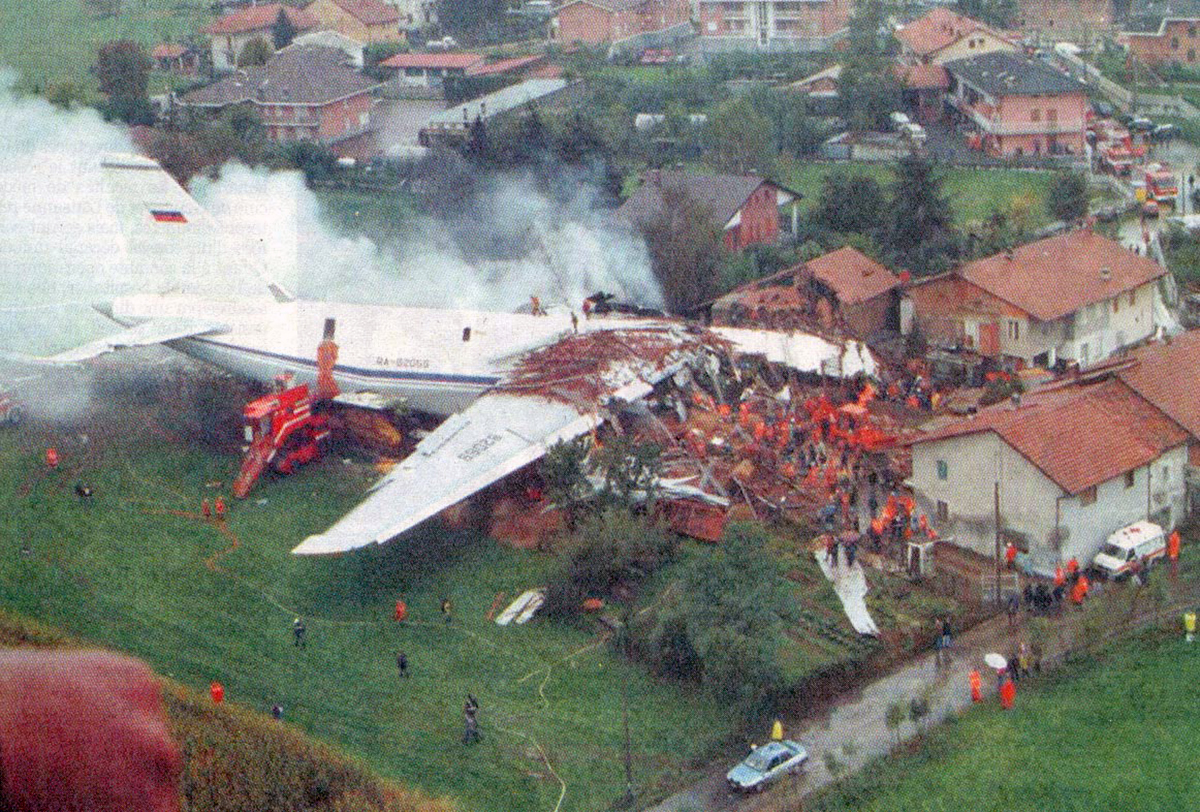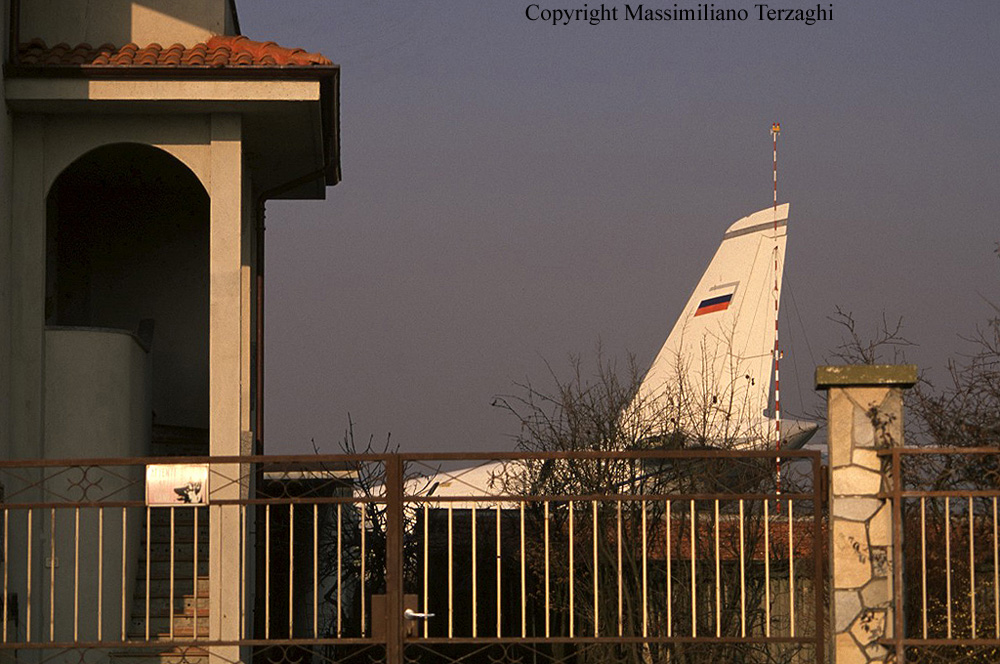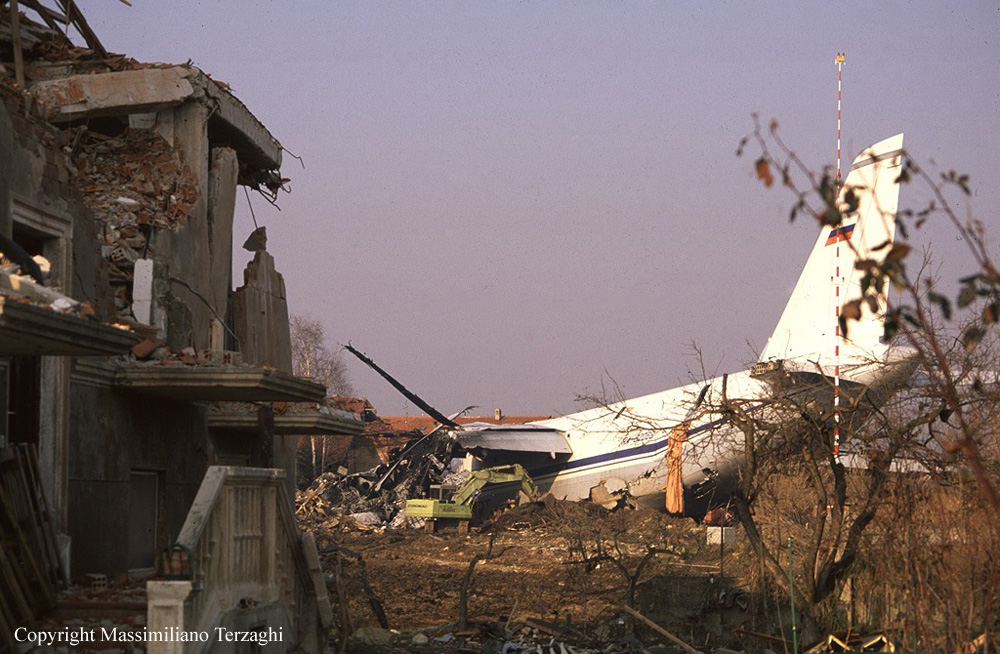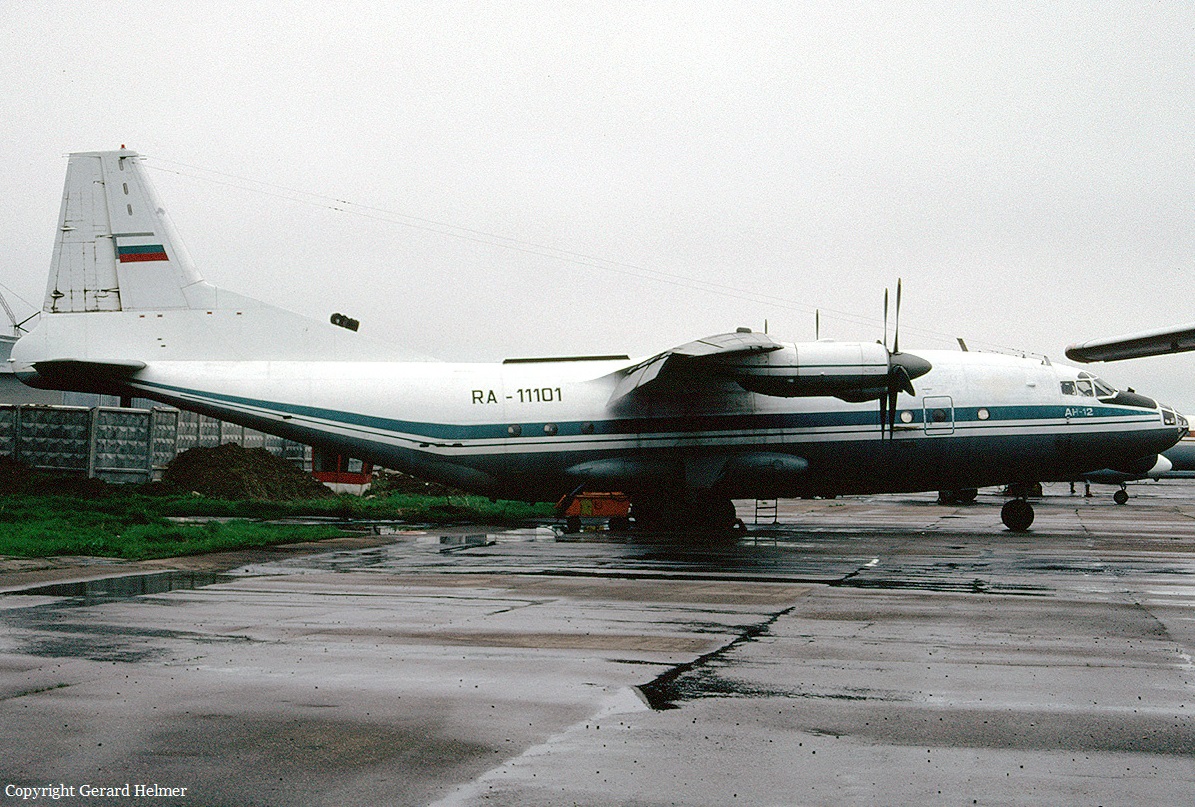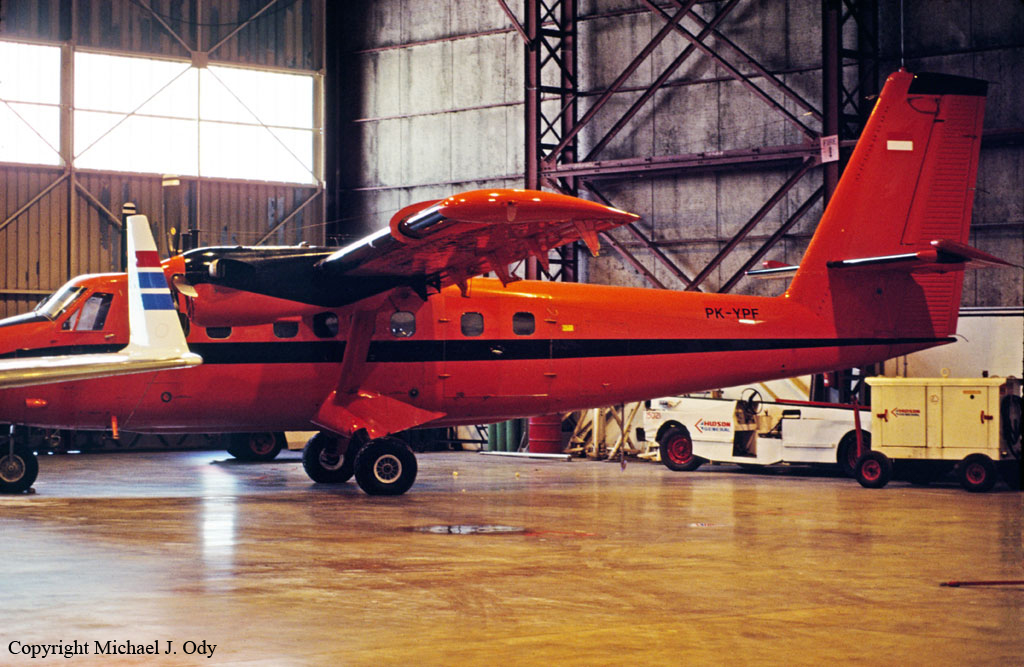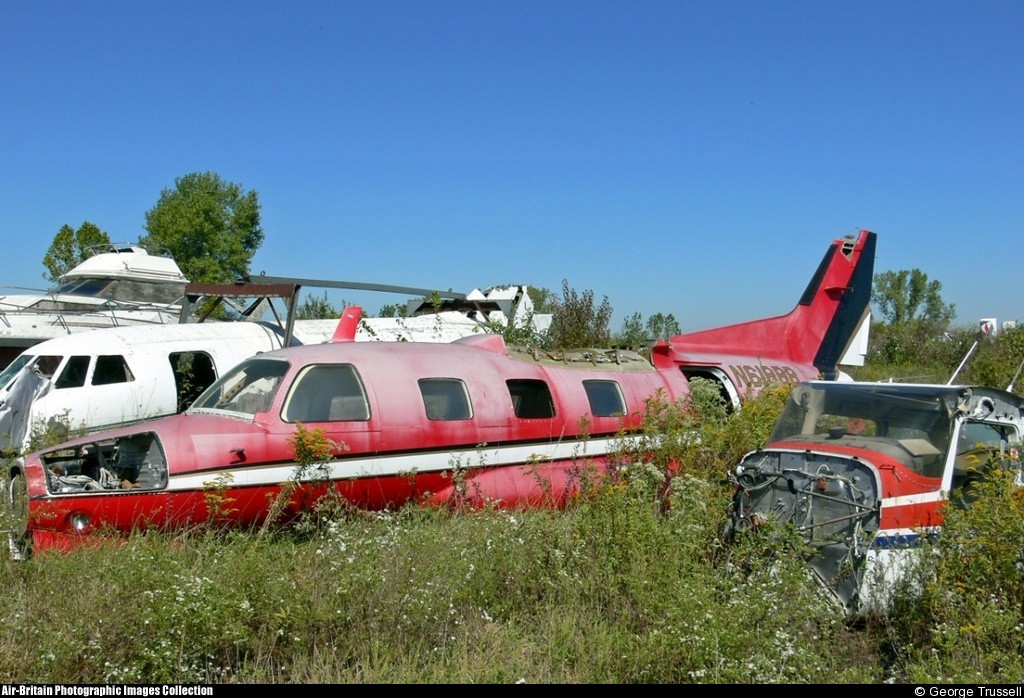Crash of a Boeing 707-372C in Buenos Aires: 2 killed
Date & Time:
Oct 23, 1996 at 1422 LT
Registration:
LV-LGP
Survivors:
Yes
Schedule:
Santiago de Chile - Buenos Aires
MSN:
20077
YOM:
1968
Flight number:
LD5025
Crew on board:
8
Crew fatalities:
Pax on board:
0
Pax fatalities:
Other fatalities:
Total fatalities:
2
Circumstances:
The aircraft was completing a cargo flight from Santiago de Chile to Buenos Aires, carrying eight crew members and a load of 30 tons of fish. On final approach to Buenos Aires-Ezeiza-Ministro Pistarini Airport runway 11, at a speed of 151 knots, the crew quickly extended flaps to 14°, 25°, 40° and finally 50°, causing the aircraft to nose down and enter a rapid descent until it struck the ground 750 metres short of runway threshold. Upon impact, the aircraft broke in three and caught fire. Both pilots were killed while six other occupants were injured.
Probable cause:
The following findings were reported:
- Erroneous setting of the air brakes at the same time as the flaps were fully extended during the short final approach,
- Erroneous planning during the descent and approach,
- Failure to use the experience of a similar previous event,
- Insufficient attention to the critical situation in the aircraft operating documentation,
- Failure to conduct a briefing prior to the approach and descent,
- Non-use of the LCP during the entire approach maneuver,
- Insufficient training in CRM.
- Erroneous setting of the air brakes at the same time as the flaps were fully extended during the short final approach,
- Erroneous planning during the descent and approach,
- Failure to use the experience of a similar previous event,
- Insufficient attention to the critical situation in the aircraft operating documentation,
- Failure to conduct a briefing prior to the approach and descent,
- Non-use of the LCP during the entire approach maneuver,
- Insufficient training in CRM.

